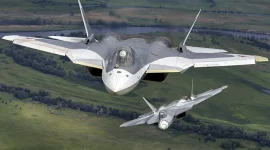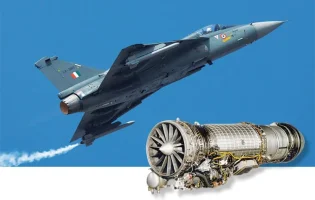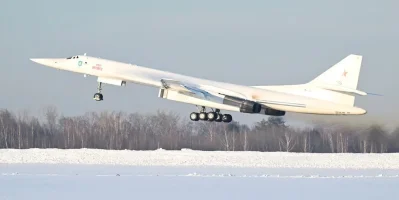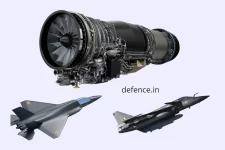- Views: 2K
- Replies: 15
The Indian Air Force's (IAF) quest for 114 Multi-Role Fighter Aircraft (MRFA) has rekindled the debate surrounding technology transfer (ToT) from international vendors, particularly concerning the Dassault Rafale.
However, with India's own Advanced Medium Combat Aircraft (AMCA) program making significant strides, the strategic value of acquiring Rafale technology through ToT is now being called into question.
Several factors contribute to this reassessment. Firstly, the AMCA, India's domestically developed fifth-generation fighter jet, is projected to begin production by early 2030s. This timeline suggests that by the time the MRFA tender translates into actual aircraft deliveries, the AMCA could be in its initial deployment phase or, at the very least, undergoing advanced testing. This raises concerns about the relevance of technology acquired from the Rafale by the time it is implemented.
Secondly, the AMCA program is already heavily invested in research and development in areas such as avionics, stealth technology, and advanced radar systems, which are the very technologies likely to be included in any Rafale ToT. Consequently, the transfer of technology might not offer substantial advancements beyond what India is already developing domestically.
Furthermore, HAL and DRDO have been actively developing and integrating advanced technologies for both the Tejas and AMCA programs. This includes crucial components like Active Electronically Scanned Array (AESA) radars, stealth features, and indigenous engines, which are essential for modern combat aircraft.
Therefore, much of what a Rafale ToT might offer, such as materials, avionics, and weapon systems integration, is already part of India's planned development for the AMCA, potentially limiting the impact of the transfer.
The financial aspect also plays a crucial role. The cost of ToT, encompassing royalties, maintenance, and long-term support contracts, might not be justifiable given the potentially limited technological gains, especially with domestic capabilities already advancing rapidly. Investing in domestic research and development for the AMCA could provide India with greater control over the technology and potentially lead to lower long-term costs.
Moreover, ToT agreements often come with restrictions on further development or export of the acquired technology. These limitations could hinder India's ability to fully utilize or modify the technology according to its unique strategic needs, particularly when compared to the freedom and flexibility afforded by developing its own indigenous aircraft.
Resources, both financial and human, that would be dedicated to implementing and absorbing Rafale's technology could potentially be better utilized to accelerate the AMCA project or other domestic defense initiatives. This approach would be more aligned with India's "Atmanirbhar Bharat" (Self-Reliant India) initiative, which emphasizes domestic production and technological independence.
Finally, developing the AMCA allows for customization tailored to specific Indian military requirements, climate conditions, and operational scenarios, an advantage that might not be fully achievable with foreign technology transfers.
The AMCA is designed with future technologies in mind, potentially including sixth-generation capabilities, making it a more forward-looking investment compared to acquiring technology for a fourth-generation plus aircraft like the Rafale.
In conclusion, while the Rafale is undoubtedly a highly capable aircraft, the evolving landscape of India's domestic fighter jet program, particularly the advancements in the AMCA project, necessitates a careful evaluation of the true benefits and long-term value of investing in Rafale technology transfer.
The focus on indigenous development, as embodied in the "Atmanirbhar Bharat" initiative, further strengthens the argument for prioritizing domestic capabilities and self-reliance in the realm of advanced fighter aircraft technology.




